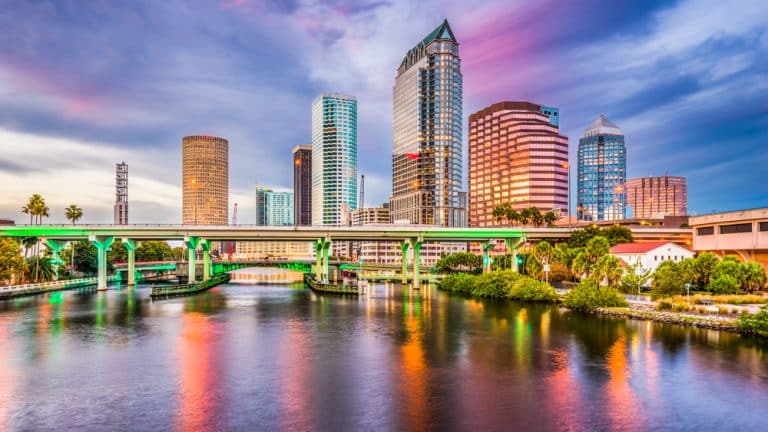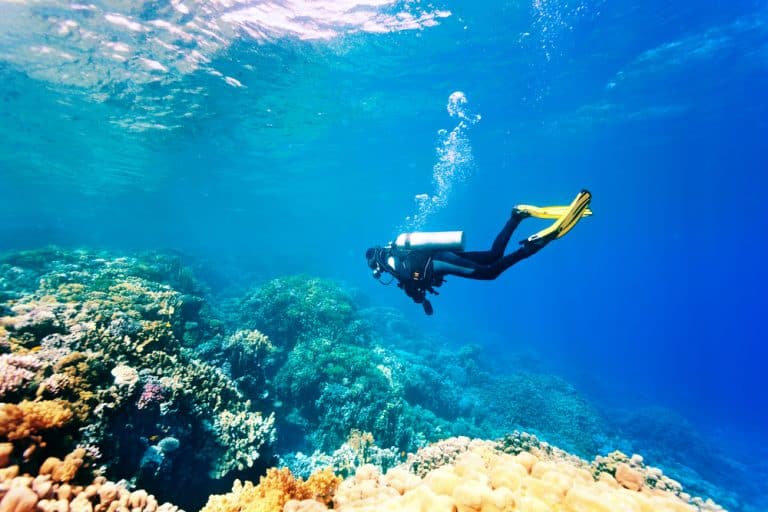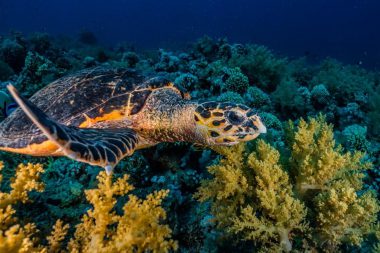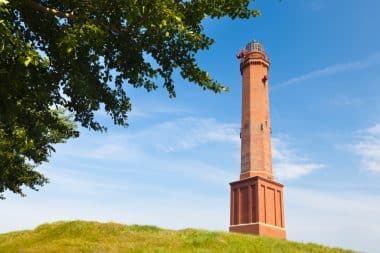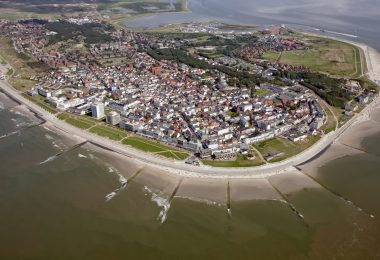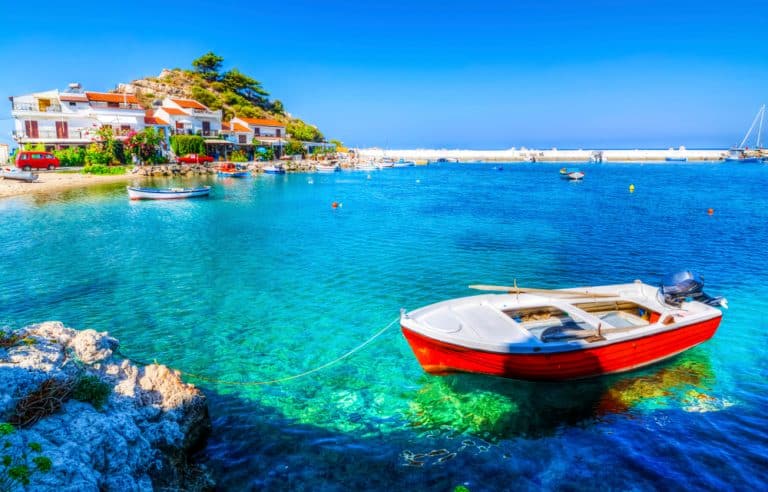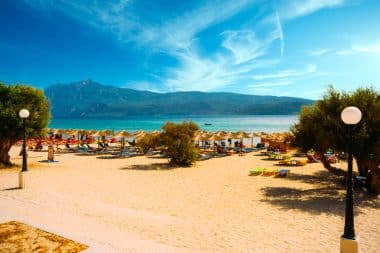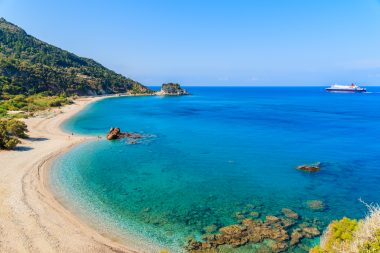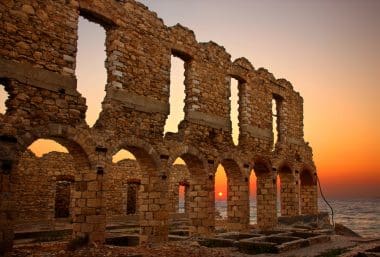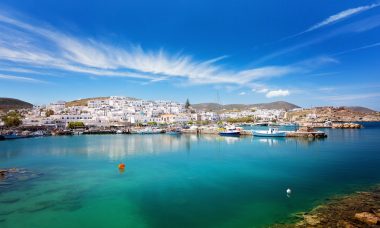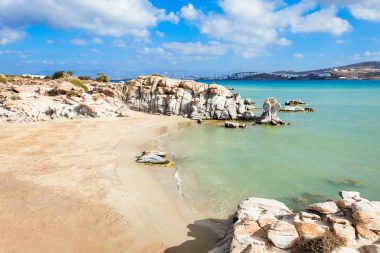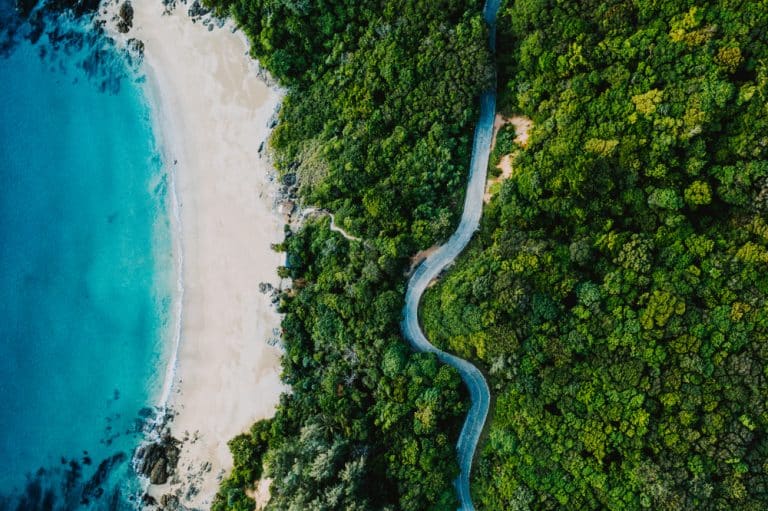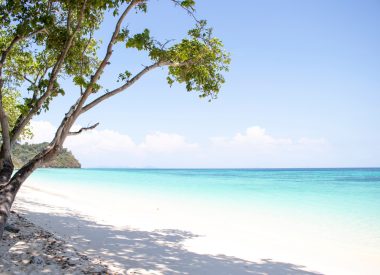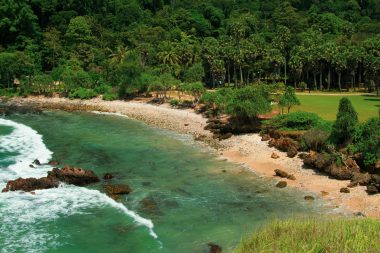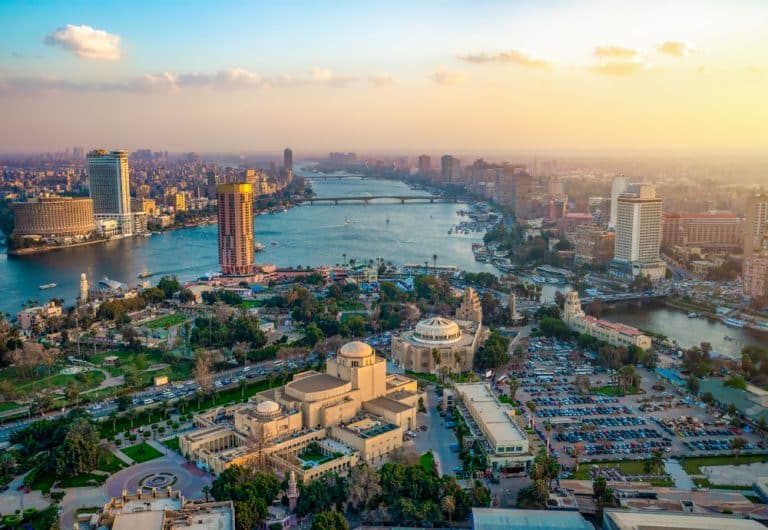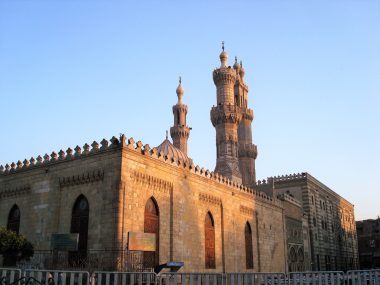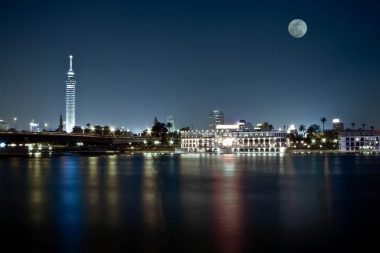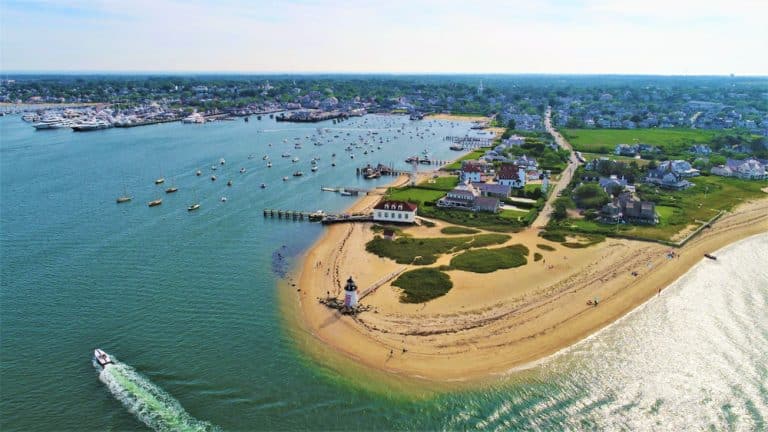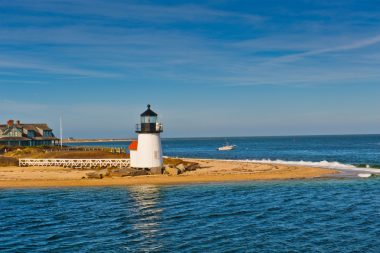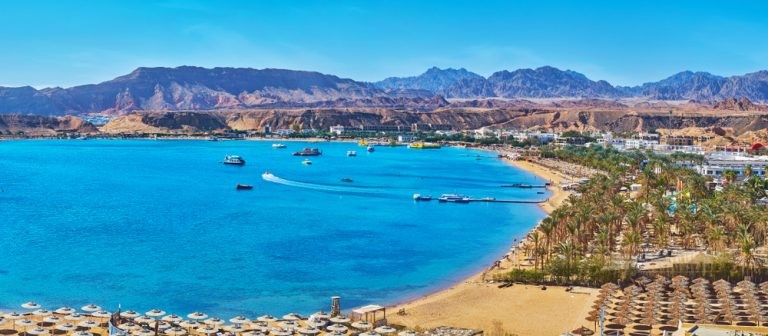Tampa Bay, a bay on the Gulf of Mexico, is located on the far west coast of the Florida peninsula. A total of 100 smaller and medium-sized rivers flow into the bay from the surrounding area, where not only nature lovers but also culture lovers get their money’s worth. The big cities of Tampa, Saint Petersburg and Clearwater attract visitors with all kinds of attractions, such as museums or aquariums. We have compiled some of the best sights in the region.
The Salvador Dali Museum in Saint Petersburg
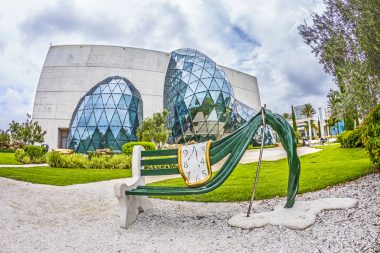
The Sunken Gardens
Also in Saint Petersburg is the Sunken Gardens, a beautifully manicured botanical garden area that has been attracting visitors for more than a century. More than 500 tropical and subtropical plant species can be admired here. There is also a Japanese garden and a succulent garden. Water lilies alternate with palm trees and fruit trees. The Sunken Gardens can be visited on your own or with a guided tour. The stars of the garden area are certainly the Chilean flamingos, which have been at home in the Sunken Gardens since 1956.
The Egmont Key National Wildlife Refuge
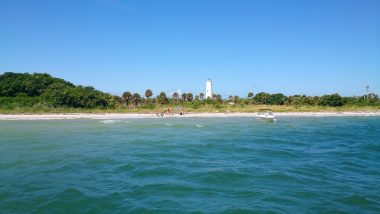
The Florida Holocaust Museum
German tourists in particular are attracted to the Florida Holocaust Museum . The fifth largest Holocaust museum in the USA is located in Saint Petersburg and was founded by Holocaust survivor Walter Lobenberg, who came from Frankfurt am Main. Among other things, an original railway carriage from Poland, in which the victims of the Holocaust were taken to concentration camps, is exhibited here. The historical exhibition is spacious and extends over three floors. Starting with the time of the Weimar Republic, the Holocaust is traced up to the Nuremberg Trials, and is examined in an informative and critical way. The history of anti-Semitism itself is also dealt with in a multi-layered way. The exhibition concludes with a look at the present, where today’s racism is addressed.
The City of Tampa
If you want to experience typical American nightlife on your trip, you should stay in the city of Tampa for at least one night. The Channel District, Ybor City and SoHo districts are popular nightlife areas. In addition to numerous bars, clubs and restaurants, there are heaps of casinos, such as the Seminole Hard Rock Hotel and Casino, where you can lose your house and farm, but also win. The Tampa Theater is not a theater, but a gigantic cinema that has been showing arthouse cinema and film classics since 1926 in addition to Hollywood productions. Often there are also live concerts by local and international music greats to be heard in the cinematic premises. If you’re really in the mood for theatre, you’ll find it in Tampa. The David A. Straz Jr. Center for the Performing Arts, the Gorilla Theater, and the Stageworks Theater are all considered excellent theater stages. The Tampa Opera even enjoys a worldwide reputation. In a survey, Tampa’s nightlife was ranked sixth in the entire USA .
The Florida Aquarium
Especially those traveling with children appreciate the Florida Aquarium, which is located in Tampa. The aim of the educational aquarium is to accompany its visitors on a kind of guided journey of a freshwater drop from Tampa to the Gulf of Mexico, which spreads out in front of Tampa Bay. To do this, you are taken into the underwater world, including the coral reef, by means of a 1,900,000-liter tank. The aquarium’s exhibition deals with the topic of environmental pollution and shows how it contributes to the destruction of the underwater world. Scientifically, the Florida Aquarium, and all its guided tours, is highly serious, as it is operated in close cooperation with the Department of Marine Biology at the University of Miami .
Tampa Bay: The 7 most important sights
Tampa Bay on Florida’s Gulf Coast is an eclectic destination that offers a mix of beautiful beaches, cultural attractions and exciting theme parks.
Here are the top seven must-see sights on your visit to Tampa Bay.
1. Busch Gardens Tampa Bay
Busch Gardens is an adventure park that combines African safaris, thrilling roller coasters and live shows.
Here, visitors will find over 300 species of animals and exciting attractions for all ages.
2. Tampa Riverwalk
The Tampa Riverwalk is a scenic boardwalk along the Hillsborough River in the heart of the city.
Visitors can walk, cycle or simply enjoy the skyline views.
There are numerous parks, museums and restaurants along the Riverwalk.
3. The Florida Aquarium
A popular destination for families, the Florida Aquarium features a variety of marine life and interactive exhibits.
Visitors can explore tropical fish, sharks, coral reefs, and even a mangrove swamp landscape here.
4. Ybor City
Ybor City is a historic neighborhood in Tampa that was once the center of cigar manufacturing.
Today, it is known for its colorful buildings, Cuban restaurants, and a vibrant nightlife.
The main street, 7th Avenue, is a popular place to stroll.
5. Adventure Island
Adventure Island is a popular water park in Tampa known for its thrilling waterslides and relaxation areas.
The park has something for every age group, from wave pools to lazy rivers.
6. ZooTampa at Lowry Park
ZooTampa at Lowry Park is a kid-friendly zoo that is home to a wide variety of animals from around the world.
Visitors can get up close and personal with elephants, rhinos, giraffes and many other animals.
7. Big Cat Rescue
Big Cat Rescue is a big cat sanctuary that cares for rescued lions, tigers, and leopards.
Visitors can book guided tours of the site and learn more about the protection of endangered species.
The 3 most important museums in Tampa Bay
1. Tampa Museum of Art
The Tampa Museum of Art has an impressive collection of modern and contemporary art, as well as ancient artifacts.
Located on the Tampa Riverwalk, the museum provides a wonderful backdrop for art lovers. Address: 120 W Gasparilla Plaza, Tampa, FL 33602, USA Opening hours: Daily 10:00 a.m. – 5:00 p.m., Thursdays until 8:00 p.m. Admission: $20 for adults, reduced $15
2. The Henry B. Plant Museum
The Henry B. Plant Museum is located in the former Tampa Bay Hotel and showcases the luxurious era of the Gilded Age.
It offers an insight into the history of the hotel and the role it played in the late 19th century. Address: 401 W Kennedy Blvd, Tampa, FL 33606, USA Opening hours: Tuesday – Saturday 10:00 a.m. – 5:00 p.m., Sunday 12:00 p.m. – 5:00 p.m. Admission: $10 for adults, reduced $7
3. Glazer Children’s Museum
The Glazer Children’s Museum features interactive exhibits that encourage children to learn through play.
It is a perfect destination for families with young children. Address: 110 W Gasparilla Plaza, Tampa, FL 33602, USA Opening hours: Daily 10:00 a.m. – 5:00 p.m. Admission: $15 for adults, $10 for children
Where to stay in Tampa Bay
Luxury Hotel: The Tampa EDITION
The Tampa EDITION is a luxurious 5-star hotel located in the heart of Tampa.
It offers modern rooms, a rooftop pool and a first-class restaurant. Address: 500 Channelside Dr, Tampa, FL 33602, USA
4-star hotel: Le Méridien Tampa
Le Méridien Tampa is an elegant 4-star hotel located in a historic courthouse.
It offers luxurious rooms and is close to the Tampa Riverwalk. Address: 601 N Florida Ave, Tampa, FL 33602, USA
3-star hotel: Hotel Haya
Located in the vibrant Ybor City district, Hotel Haya offers comfortable rooms with a modern twist.
It is ideal for travelers who want to experience Tampa’s culture and nightlife. Address: 1412 E 7th Ave, Tampa, FL 33605, USA
Budget Hotel: Hampton Inn Tampa Downtown Channel District
The Hampton Inn is a budget accommodation in the Channel District, offering clean, comfortable rooms and free breakfast. Address: 1155 E Kennedy Blvd, Tampa, FL 33602, USA
Popular Restaurants in Tampa Bay
1. Bern’s Steak House
Bern’s Steak House is an iconic restaurant in Tampa known for its top-notch steaks and extensive wine list.
It’s a must-have for meat lovers. Address: 1208 S Howard Ave, Tampa, FL 33606, USA
2. Ulele
Ulele offers creative American cuisine with a focus on fresh, local ingredients.
The restaurant is located directly on the river and offers a beautiful view. Address: 1810 N Highland Ave, Tampa, FL 33602, USA
3. Columbia Restaurant
Columbia Restaurant is the oldest restaurant in Florida and offers traditional Spanish and Cuban dishes.
It is located in the heart of Ybor City and is famous for its paella and the 1905 salad. Address: 2117 E 7th Ave, Tampa, FL 33605, USA
4. Datz
Datz is a hip restaurant in South Tampa known for its creative, generous portions and fancy dishes.
The donuts and burgers are particularly popular.
Address: 2616 S MacDill Ave, Tampa, FL 33629, USA
Bibliography
- Information about attractions and museums: Visit Tampa Bay
- Google Maps
- Individual hotel and restaurant websites


